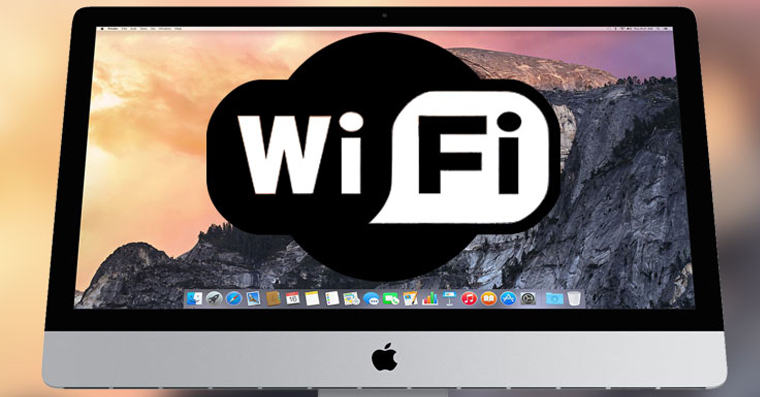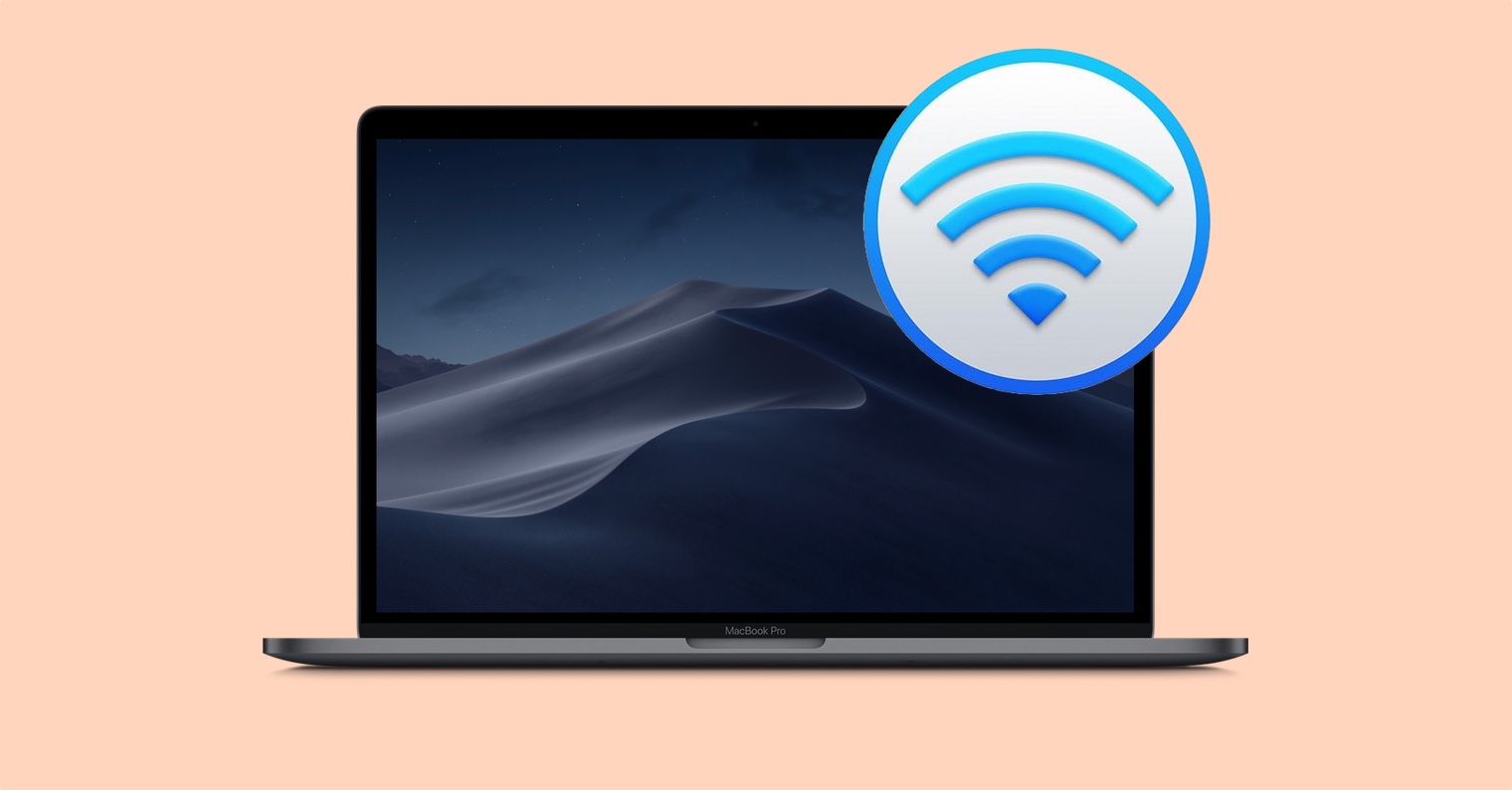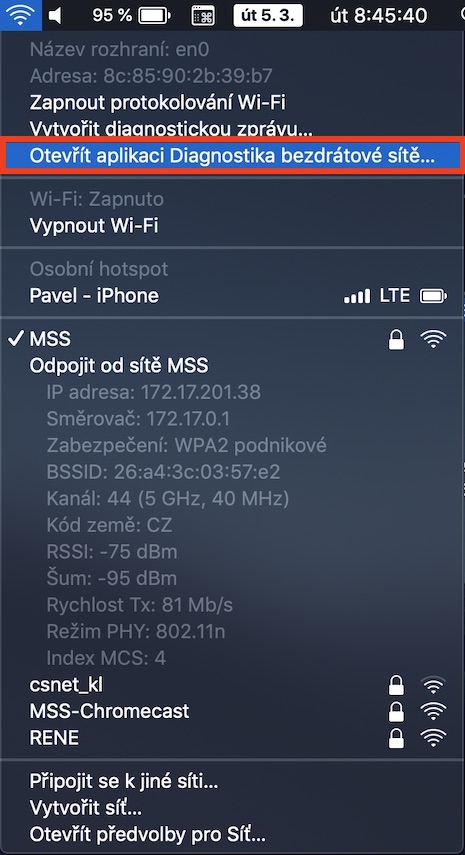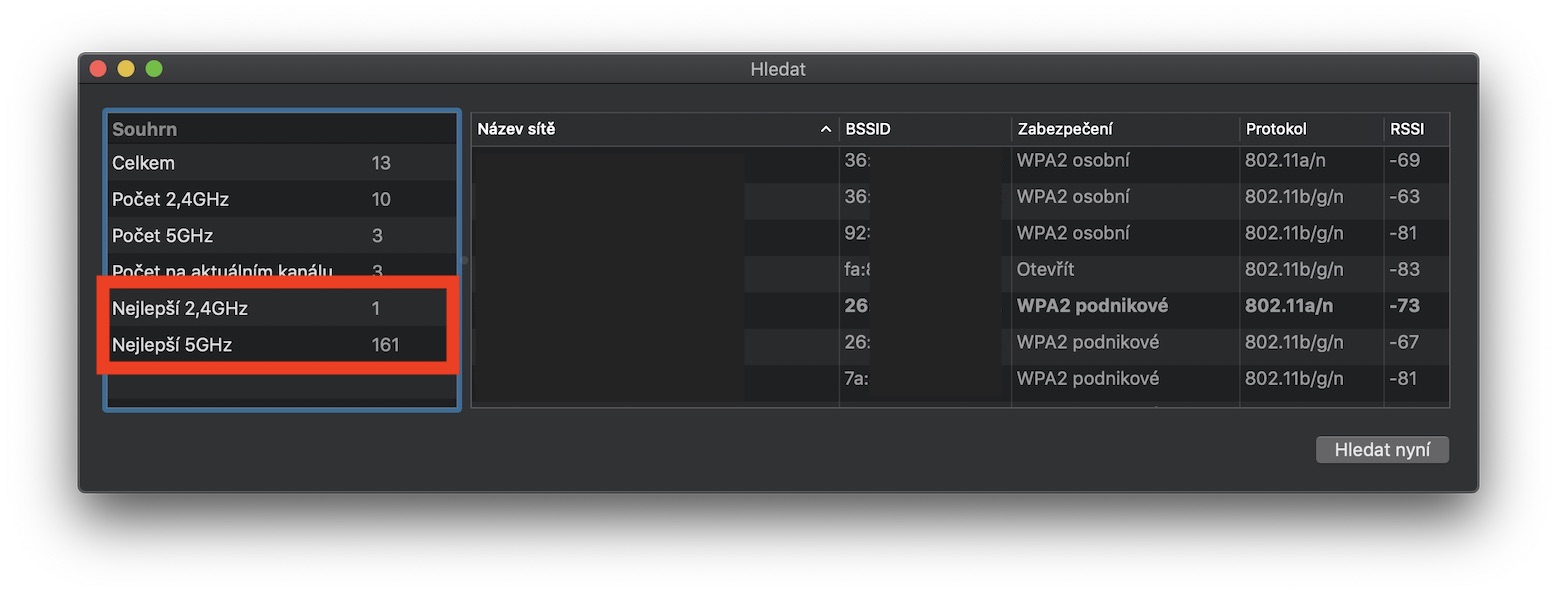Today's homes are often full of various devices that need an Internet connection to function properly. In addition to classic computers or mobile devices, these include, for example, smart televisions, vacuum cleaners, aroma diffusers, or perhaps smart cameras. Long story short, many of today's devices are becoming "smart" and need an internet connection to be smart. If you have an older router at home, then it is quite possible that you may face internet related issues after connecting all these devices. In this article, you'll learn how Wi-Fi networks work, along with how to find out how many devices are on your network and more.
It could be interest you

Network frequency
Currently, routers are sold that offer either a frequency of only 2.4 GHz, or routers that offer a frequency of 2.4 GHz together with 5 GHz. Most newer routers already offer both of these frequencies, but if you have an older router, it is very likely that it only offers the 2.4 GHz frequency. These routers can transmit data at a maximum speed of 500 Mb/s. This means that if you have 10 devices connected to your network and all of them will be using the Internet at 100%, then the speed can be "spread" so that each device will have a maximum speed of 50 Mb/s (of course in many other factors play a role in this case). Although 50 Mb/s may seem like enough, it is necessary to take into account the difference between Mb (megabits) and MB (megabytes). 1 byte has a total of 8 bits, so for a "real" download speed you need to divide this speed another eight, which finally comes to approx. 6 MB/s. Even this may still be sufficient, but in many cases you will only reach the maximum Internet speed at night and not during the day, when most users are connected.
The difference between 2.4 GHz and 5 GHz network frequency is mainly that 5 GHz is a bit faster in many cases, but on the other hand, it has a much shorter range. So if you have a router that has both bands, you should split the device connection. Those devices that are permanently close to the router should be connected to the 5 GHz Wi-Fi, while mobile devices and other devices that may be located further away from the router should be connected to the 2.4 GHz network. It should be noted that your device must support connecting to a 5 GHz network. The 5 GHz network is not backwards compatible with the 2.4 GHz network, so if you have a device that only has the ability to connect to the 2.4 GHz network, you will not be able to connect to the 5 GHz network with it.
Channel selection
In addition to the fact that routers can have different network frequencies, they also work on different channels. Simply put, a router can "set" network traffic into different channels. In this case, again, there should not be too many devices on one channel. In the settings of most routers, you can set which channel it should work on - by default, it is often chosen that the channel is selected automatically. Choosing the right channel can both speed up your network and make it more stable. Channels are useful, for example, in apartment buildings, when there are many routers in one place. If all these routers were on one channel, it would definitely not bode well. However, if you divide the traffic between several channels, you will only relieve the entire network. If you don't want to agree with your neighbors about which channel you will use, you can use various programs to create a so-called network diagnosis. macOS also has such a program, and after completing the diagnostics, it is able to tell you which channel you should set on your router.
Optimal Wi-Fi channel on Mac
If you want to find out the optimal Wi-Fi channel on your macOS device, then hold the key Option (Alt) and click on the icon in the top bar Wi-Fi. Extensive information about your connection will be displayed. However, you are interested in the column Open the Wireless Diagnostics app…, which you click. In the new window that appears, do nothing and ignore it. Instead, click on the tab in the top bar Window and select an option from the drop-down menu that appears Search. Another window will open, in which, after initialization and searching for nearby networks, it will be displayed in the left part Summary. Inside the summary, you are then interested in the column Best 2,4GHz and Best 5GHz. Next to both of these boxes you will find number or numbers, which represent the best channels. You simply need to write them down anywhere and it's all there is in the router settings alter.
Device activity
In the Network frequency section, we have provided information about the maximum speed that users can use. However, it must be noted that if you have a speed of, for example, 500 Mb/s and 10 devices, each of them does not have a dedicated 50 Mb/s. Network speed is simply assigned to devices based on how much they need it. So, if you are chatting via Messenger on your device, for example, it is clear that you will not need as much speed as someone who, for example, watches a stream, video, or perhaps plays games on the network. Therefore, if several users appear on your network who watch videos in high quality, your network will quickly become overwhelmed and stop chasing me. In this case, you have several options available - either you limit someone's viewing, or you try to solve this situation by changing the channel, changing the router, or using a faster internet device.
How many devices can the network handle?
If you're slowly starting to feel like your Wi-Fi network is getting slow, even though you have a solid internet connection, then it's probably time to replace your router. You should choose a router based on how much you will use it. So take into account the maximum transmission speed or frequencies that the router supports. In order to have the latest router at the moment, you should choose one that supports the latest Wi-Fi 6 standard. These latest routers can already take care of the network almost completely automatically, so they can automatically switch devices between frequencies or limit their maximum speed. You can also use so-called mesh routers, which are suitable for large households, as they "combine" several routers and thus cover a larger area.
It could be interest you









If you're writing an article for an idiot, don't write it like an idiot..then it won't be so pathetic with networks in most households.
An article for the stupid, written by the ignorant himself.
500Mbps on 2,4Ghz? This is absolute nonsense. And those MECH routers, what is that?. Didn't the author mean MESH?
I haven't read more nonsense in a long time. I offer a 500Mbit connection and ask the author to show me how to push 2,4Mbit/s on 500Ghz. I've seen thousands of connections as a service guy, but I've never seen such a speed on 2,4Ghz.
Even I, as a layman, had to laugh at some nonsense, and I'm not even talking about the correction of this article... ?
Interesting theory. What an expert's opinion.